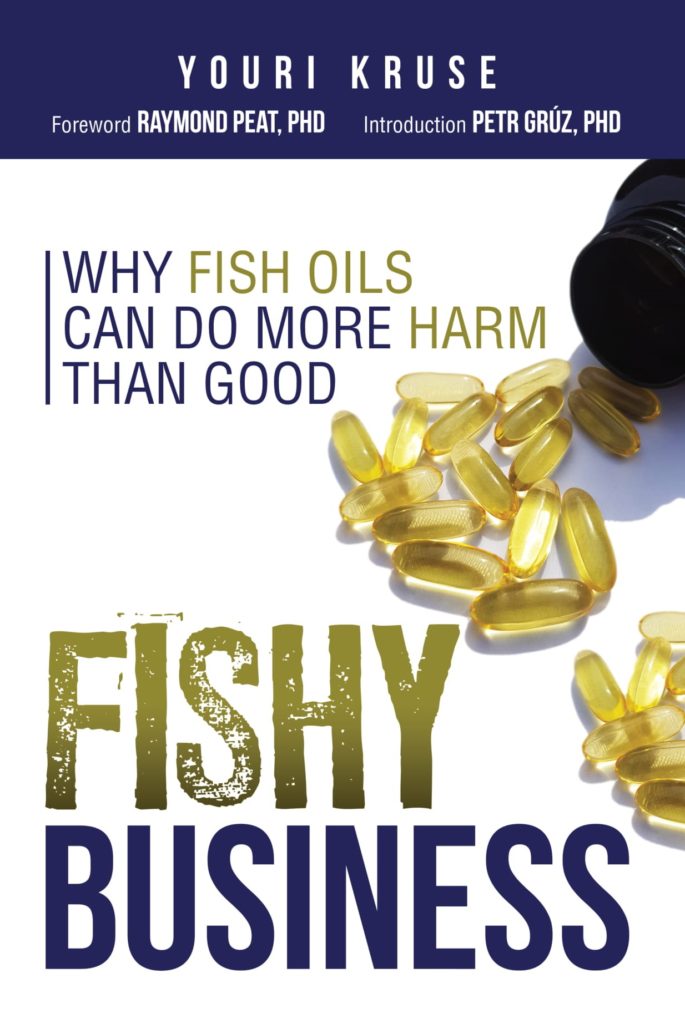Cod liver oil has a long history of treating many different kinds of illnesses. Fish liver oil and livers from mammals have been used before the time of the Vikings (the Vikings used to mix milk with cod liver oil). From the writings of Hippocrates and Pliny, we know that the oils of dolphins were used for skin conditions. In 1789 the English doctor Darbey mentioned cod liver oil as having a curative effect on rheumatics. A century later, Dutch fishermen found that cod liver oils would cure rickets in some conditions.
From the 1880s until the 1940s, cod liver oil became a popular vitamin supplement. Of all fish liver oils, cod liver was thought to have the highest amount of vitamin A, and became popular (many other livers have been found to have higher amounts of vitamin A, notably whale, shark, herring, swordfish liver). This occurred until studies in the 1920s started to show the toxic effects of cod liver oil on different animals. These included loss of vitamin E, heart lesions, muscular dystrophy, and eventual death. The toxic effects were found not to be caused by the possible overload of vitamins A and D, and were found to be counteracted by vitamin B (brewer’s yeast) and the hydrogenation of the fats (making them less unsaturated) made them safer.
The Japanese found that the hydrogenation of fatty acids removed the most toxic substances; in 1936, the dangerous effects were attributed to the highly unsaturated fatty acids in cod liver oil and it was concluded that the highly unsaturated fatty acids were responsible for the pathological observations. The research continued into the 1940s, when researchers found that the unsaturated fats in fish liver oil were prone to oxidize and increase lipid peroxidation.
The unsaturated fish liver oils contained significantly less vitamin A after peroxidation. The significance of rancid fats became substantial as the research developed. In the 1940s it was known that unsaturated fats can inactivate vitamin D, vitamin E, and biotin (vitamin E protected biotin to some extent ).
The unsaturated fats in cod liver oil were also found to stain teeth. When omega 3 is concentrated from cod liver oil, the harmful lipid oxidizing substances are numerous. One of the reasons cod liver oil became less popular is due to the oxidation of the fats that lessen the vitamin A and D levels (although the main reason cod liver oil sales decreased was the increase of synthetic vitamins).
In summary, cod liver oil has many healthy attributes. The vitamins are readily absorbed and assimilated. However, unsaturated fats pose a risk to health.
If you like to read more, click here
